PRODUCTS
CONTACT US
Ningbo Nide International Co., Ltd.
一一
· Contact person:Jack Zeng
· Mob/Whatspp/WeChat:0086-13738869026
· Email:emarketing@nide-group.com;marketing4@nide-group.com
· Add:No. 169, Wohushan Road, Daqi Subdistrict, Beilun District, Ningbo, China

Nide team could manufacture ball bearing as per customer’s drawing and samples.
If customer only has samples, we could also design drawing fo r our customer.
We also provide customized service.
Our ball bearing is widely applied the different industrials.
Haishu Nide International Co., Ltd produces and supplies ball bearings.We have professional technical manpower for the mixing of polymer raw materials for the insulation coating of bearings, production of products, and quality control. We will grow together with customers with accurate quality, fast delivery and competitive prices.
In years of practice, we have established a strict quality assurance system. Our product range covers fan,magnet,commutator,motor cover and lamination,shaft,thermal protector,ball bearing, etc. They are widely used in fields such as water pump motor,electric bicycle motor,washing machine motor,air condition motor,electric automotive motor,BLDC motor,fan motor. We can produce OEM products and make the following drawings. Our principle is to prioritize service and quality!
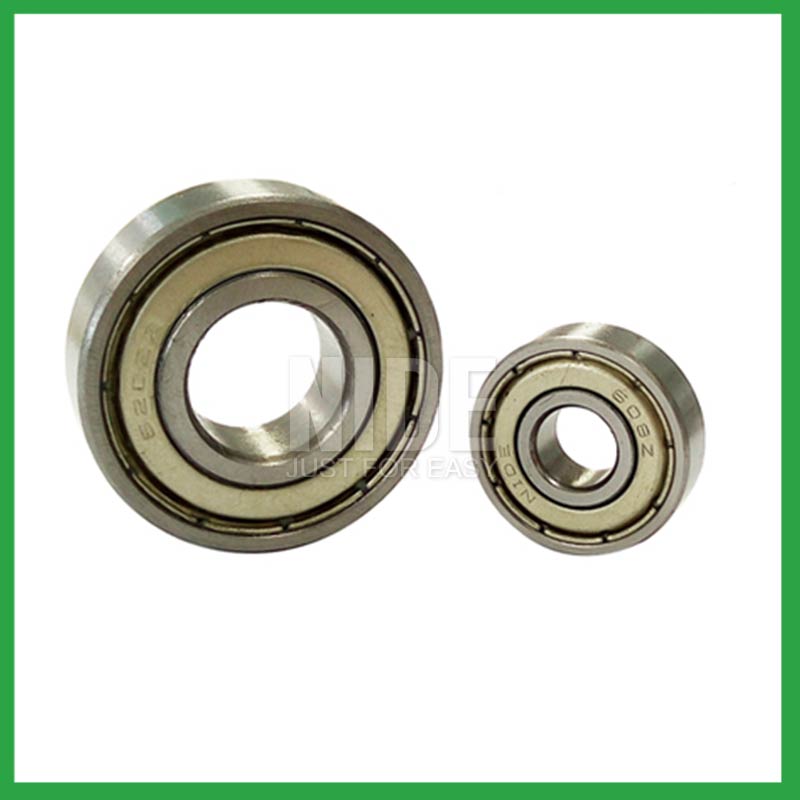
| Parameter | Information |
| Product Name | ball bearing stiffness |
| Brand Name | Nide |
| Place of Origin | Ningbo,Zhejiang,China |
| Type | Ball |
| Material | chrome steel, etc. |
| Sample | Avaible |
| Warranty | 3months-1year |
| Lubrication | Dry/ Oil |
| Application | high-speed electric tools, etc. |
| Port | Ningbo/Shanghai |
| Size(mm) | customize |
| Export Country | Argentina,Brazil,South Korea,Turkmenistan,Turkey,Grenada,Western Sahara,Kiribati...etc |
| Export region | Europe,America,Africa... |
| Certification | ISO 9001 Certification,CE-insulation paper inserting machine,CE-stator coil forming machine,etc |
| Precision Rating | as per customer's requirement |
| Feature | Good wear resistance,Simple structure...etc |
| Packaging Details | Suitable for sea transportation |
| Color | Silver gray+customized |
| Seals Type | Rubber seals |
| Service | Prompt Delivery |
| Supply Ability | 100000-500000 Piece/Pieces per Month |
| Lead time (days) | 15-20 (To be negotiated) |
Please note: The above table data is for reference only. For specific information, please contact us.
ball bearing stiffness can be used in household appliances, such as barrel machine spindle bearings,mixers,washing machines,vegetable cutters, etc; It can also be used in industrial fields, such as reducers,weighing machines,motors,dishwashers, etc.
During the installation process, pollution from dirt and wear media should be prevented;
Temperature and humidity should be controlled to avoid excessive temperatures during startup and operation;
It should be operated and lubricated in the correct reverse direction to avoid unnecessary damage.
Ball bearings have many advantages, making them highly competitive in the market.
Firstly, they are very durable and have good wear performance, making their service life longer than many other types of bearings.
Secondly, they are easy to install and can provide low friction performance in various applications.
Thirdly, they require a relatively low level of maintenance, making them cost-effective.
In addition, compared to many other types of bearings, their purchase cost is relatively low, making them an economical choice.




ball bearing stiffness---FAQs Guide
2.Can ball bearing stiffness operate in high-speed applications, and what design features make them suitable for such conditions?
3.Can ball bearing stiffness be used in both vertical and horizontal orientations?
4.What are the advancements and innovations in ball bearing stiffness technology that have emerged in recent years?
5.How do cage designs affect ball bearing stiffness speed and acceleration capabilities in high-speed machinery?
6.Where can ball bearing stiffness be used?
7.Are there ball bearing stiffness designed for extreme temperature environments, such as cryogenic or furnace applications?
8.Are there miniature ball bearing stiffness designed for use in precision instruments and small-scale mechanisms?
9.What is a ball bearing?
10.What maintenance practices are recommended to extend the lifespan of ball bearing stiffness and prevent premature failure?
11.What are the common materials used in ball bearing stiffness manufacturing?
12.Can ball bearing stiffness operate in high-temperature environments like industrial ovens or furnaces, and how are they protected from heat-related damage?
13.How do ball bearing stiffness handle radial loads, axial loads, and combined loads, and what are their load-carrying capacities?
14.Can ball bearing stiffness be used in vacuum or cleanroom environments, and what measures are taken to prevent outgassing or contamination?
15.Can ball bearing stiffness handle shock loads and high-impact conditions in heavy machinery?
16.How do preloaded ball bearing stiffness enhance rigidity and reduce clearance in high-precision applications?
1.What are the considerations for selecting sealed or shielded ball bearing stiffness to protect against contamination and retain lubrication?
First, the environment in which your ball bearing stiffness operate in can help you identify potential contaminants, allowing you to select your shields or seals accordingly. For example, shielded bearings have a gap that can allow finer contaminants or water from washdown applications to enter the bearing and get into the raceways.The challenge for sealing bearings is to seal the bearing by protecting the bearing from contaminants and running efficiencies.
2.Can ball bearing stiffness operate in high-speed applications, and what design features make them suitable for such conditions?
They have very low rolling friction and are optimized for low noise and low vibration. This makes them ideal for high-speed applications. ball bearing stiffness are comparatively easy to install and require minimal maintenance.
3.Can ball bearing stiffness be used in both vertical and horizontal orientations?
Sleeve Bearings: Sleeve bearings, also known as plain bearings, employ a simple yet effective mechanism. A cylindrical sleeve separates the rotating shaft from the stationary portion of the bearing, reducing friction and enabling smooth rotation. Sleeve bearings are characterized by their quiet operation, cost-effectiveness, and suitability for horizontal mounting orientations.
Ball Bearings: Ball bearings introduce small metal balls between the moving parts, providing enhanced durability and reduced friction. This design allows for smoother and more efficient rotation, making ball bearings well-suited for high-performance applications and vertical installations.
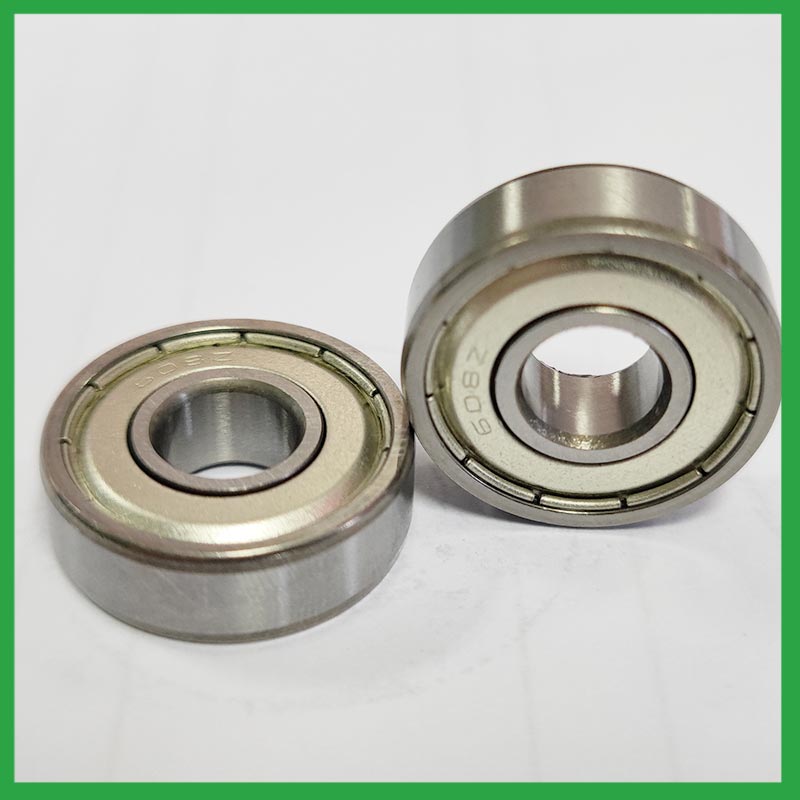
4.What are the advancements and innovations in ball bearing stiffness technology that have emerged in recent years?
Significant advancements have been made in ball bearing stiffness steels over the years. Modern, ultra-clean bearing steels contain fewer and smaller non-metallic particles, giving ball bearings greater resistance to contact fatigue.
5.How do cage designs affect ball bearing stiffness speed and acceleration capabilities in high-speed machinery?
In high-speed ball bearing stiffness, external load has a great effect on cage stability and sliding ratio, especially for the bearings at work in the starting process. The cage stability is worse in the beginning of the bearing starting process. The axial load greatly influences cage dynamic performance in the bearing starting process.
In addition, while ball bearings worked under steady conditions, axial load and radial load both have a great influence on cage dynamic performance. The effects of axial load on cage dynamic performance during the bearing starting process are opposite from the effects under steady conditions.
6.Where can ball bearing stiffness be used?
ball bearing stiffness are very versatile. They can be designed to withstand radial loads, axial loads and combined radial/axial loads at various operating speeds. These characteristics, combined with the relative cost and compactness of the design, give it universal appeal within the industry. Ball bearings are widely used in electric motors, gear reducers and pumps. Serving the automotive, home appliances, aerospace, oil and gas drilling, and mining sectors.
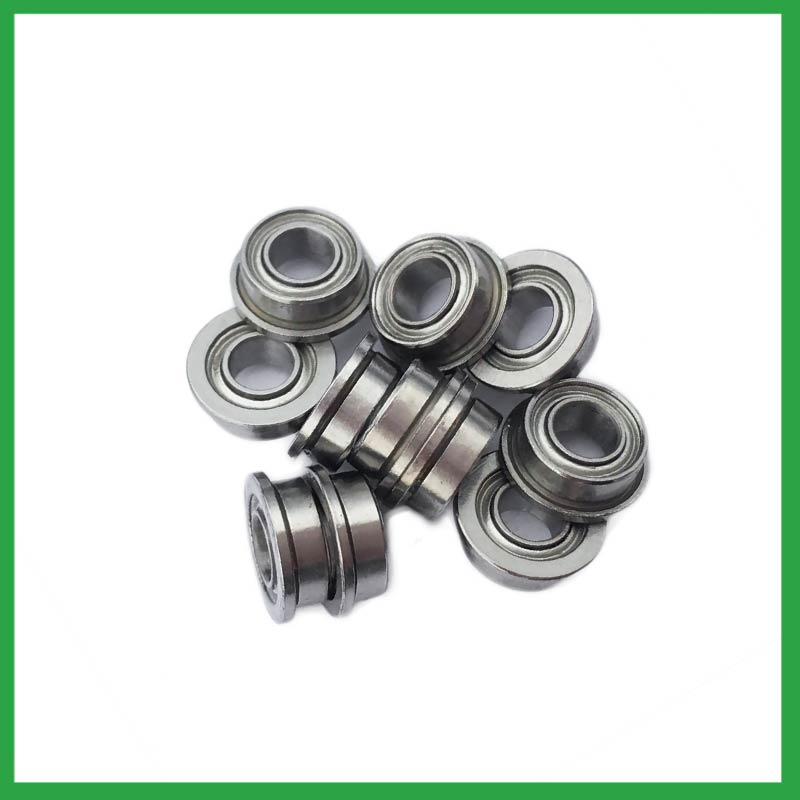
7.Are there ball bearing stiffness designed for extreme temperature environments, such as cryogenic or furnace applications?
High temperature ball bearing stiffness use specialized lubricants to stand up to high temperatures. Grease-packed bearings are pre-filled with fluorine grease for high temperatures, while YS and SJ bearings use molybdenum disulfide (MoS2) solid lubricant to withstand temperatures up to 350°C and 400°C respectively.
8.Are there miniature ball bearing stiffness designed for use in precision instruments and small-scale mechanisms?
Miniature bearings, despite their small size, play a significant role in various industries and applications. These compact powerhouses, typically measuring less than one inch in outer diameter, offer exceptional precision, durability, and reliability. Miniature bearings find extensive use in precision instruments and robotics.
9.What is a ball bearing?
A ball bearing is a type of rolling-element bearing that uses balls to maintain the separation between the bearing races.
The purpose of a ball bearing is to reduce rotational friction and support radial and axial loads. It achieves this by using at least two races to contain the balls and transmit the loads through the balls. In most applications, one race is stationary and the other is attached to the rotating assembly (e.g., a hub or shaft). As one of the bearing races rotates it causes the balls to rotate as well. Because the balls are rolling they have a much lower coefficient of friction than if two flat surfaces were sliding against each other.
Ball bearings tend to have lower load capacity for their size than other kinds of rolling-element bearings due to the smaller contact area between the balls and races. However, they can tolerate some misalignment of the inner and outer races.
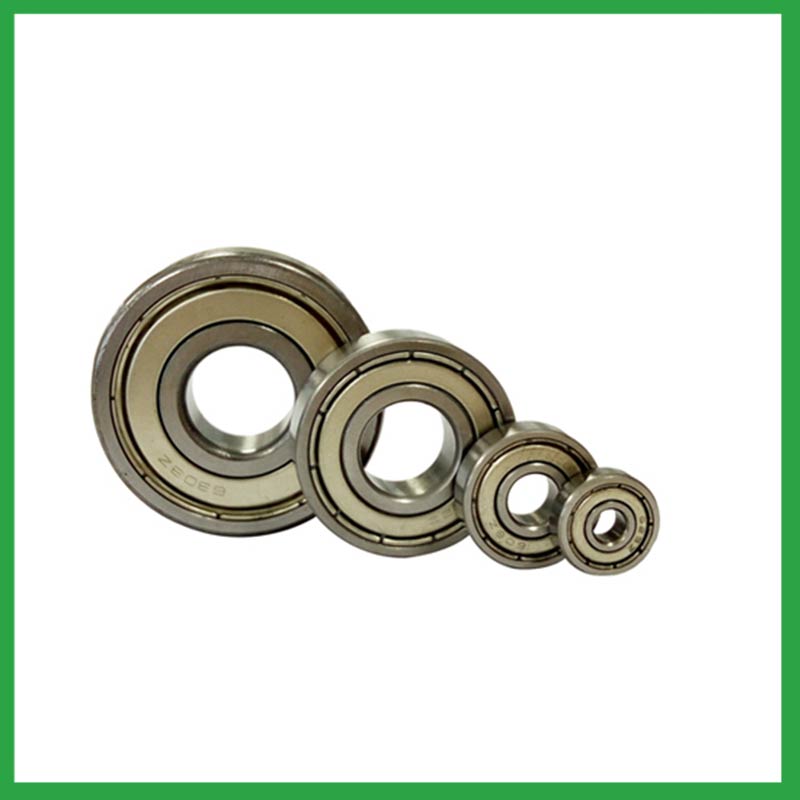
10.What maintenance practices are recommended to extend the lifespan of ball bearing stiffness and prevent premature failure?
Proper handling and installation of ball bearing stiffness is essential to preventing premature failure. Ensure that bearings are stored and transported in a clean, dry, and vibration-free environment. During installation, ensure that bearings are properly aligned, and torque is applied correctly.
11.What are the common materials used in ball bearing stiffness manufacturing?
Most ball bearing stiffness are made of a type of steel known as high carbon chromium steel, often called chrome steel. This is used for reasons of cost and durability. Bearings are also made from other materials such as stainless steel, ceramics and plastic.
12.Can ball bearing stiffness operate in high-temperature environments like industrial ovens or furnaces, and how are they protected from heat-related damage?
ball bearing stiffness are capable of working at temperatures up to +842°F (+450 °C). Special lubricants, seals and coatings make this possible by protecting the ball bearings from heat damage.
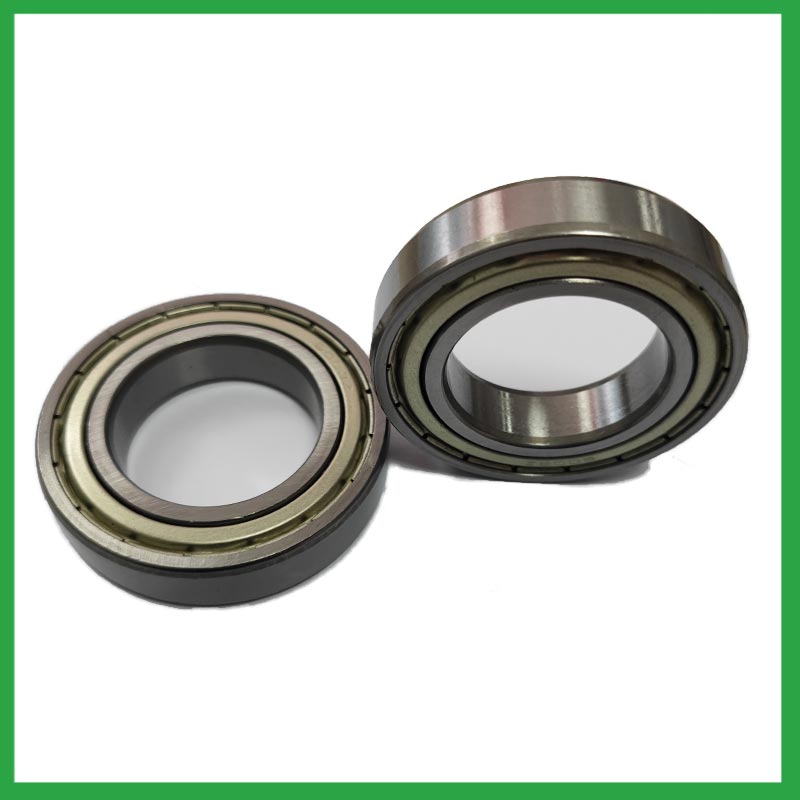
13.How do ball bearing stiffness handle radial loads, axial loads, and combined loads, and what are their load-carrying capacities?
The type of bearing used also varies between these loads. While deep-groove ball bearing stiffness are better equipped to handle radial loads, thrust ball bearings are designed for axial loads. However, it's essential to note that most bearings, such as angular contact ball bearings, can handle both radial and axial loads.The Bearing Static Capacity, Co, is the maximum load that can safely be applied to a non-rotating bearing that will not cause subsequent bearing operation to be impaired. It is based on calculated contact stress at the center of the most heavily loaded rolling element where it contacts the Inner Race.
14.Can ball bearing stiffness be used in vacuum or cleanroom environments, and what measures are taken to prevent outgassing or contamination?
Bearings specify stainless steel for vacuum or cleanroom applications as stainless steels used for the rings, balls and retainer exhibit low outgassing. They usually supply open or shielded stainless steel bearings as vacuum bearings as these will outgas less than a nitrile rubber sealed bearing.
15.Can ball bearing stiffness handle shock loads and high-impact conditions in heavy machinery?
As a general rule, ball bearing stiffness are used at higher speeds and lighter loads than are roller bearings. Roller bearings perform better under shock and impact loading. Ball bearings tolerate misalignment better than roller bearings do. Roller bearings can handle heavy combined radial and thrust loads.
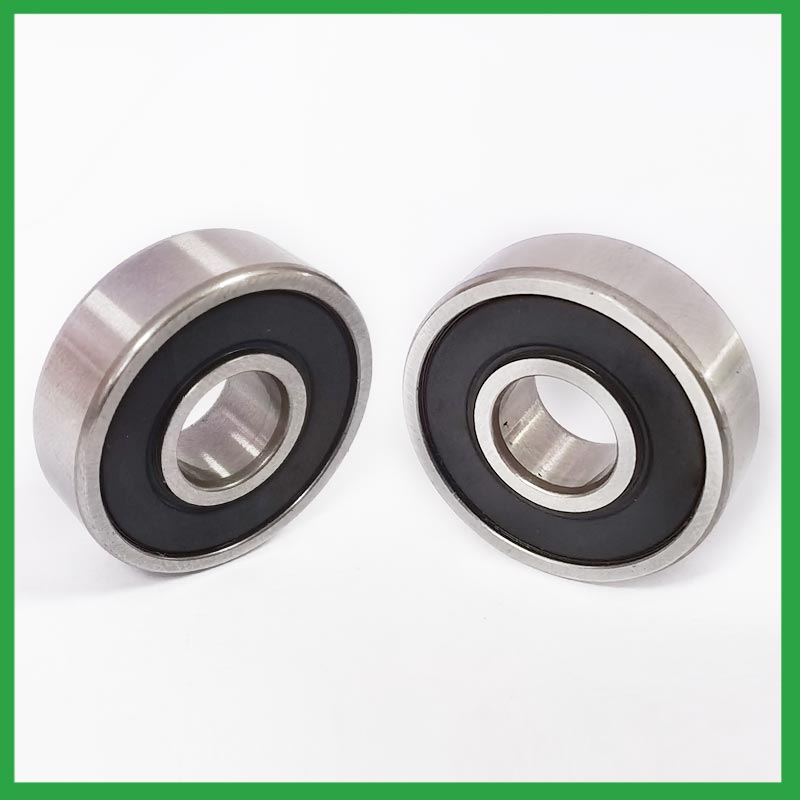
16.How do preloaded ball bearing stiffness enhance rigidity and reduce clearance in high-precision applications?
Enhance Rigidity: By applying a controlled axial force, preload increases the bearing's resistance to external forces and moments. This heightened rigidity is essential in applications where any deflection or misalignment must be minimized, such as in machine tools or robotic systems.

